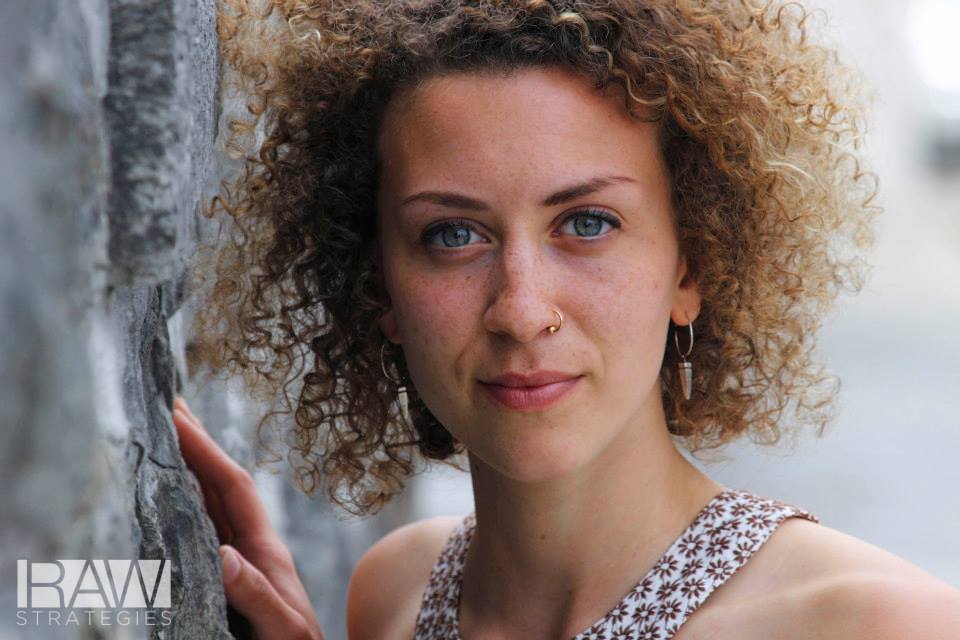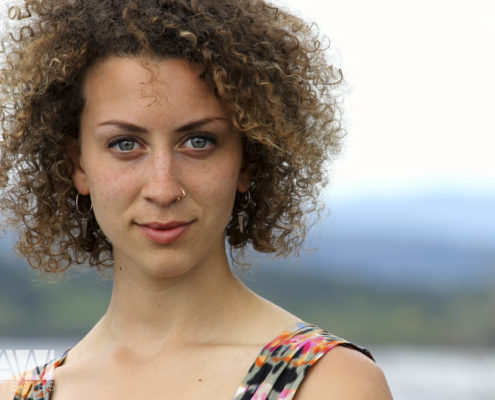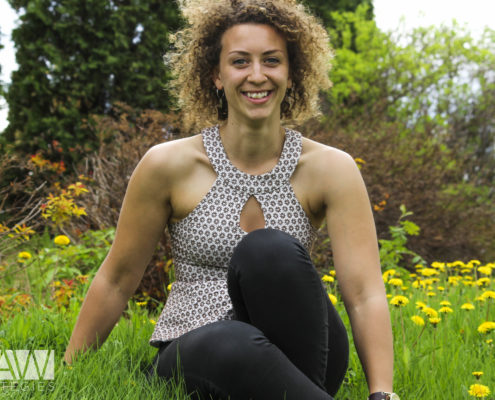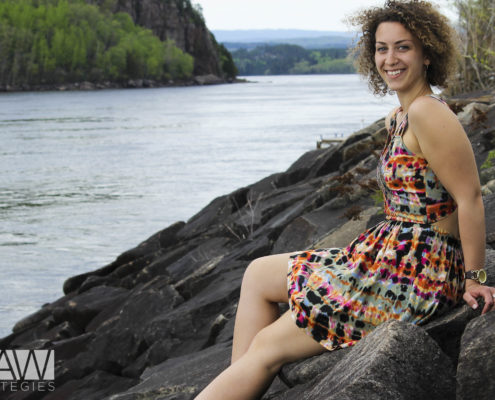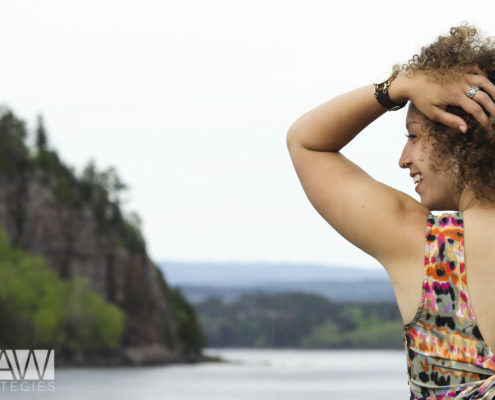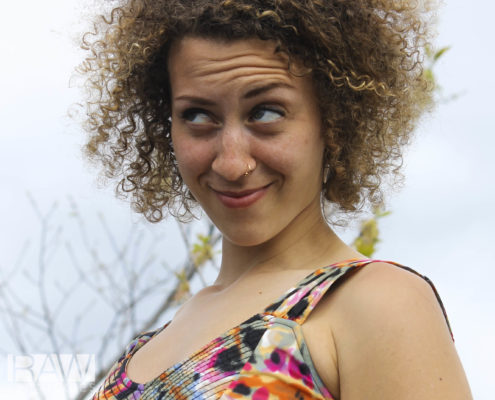9 Essential Steps for Maintaining Braids or Twists
Picture this: You wake up, get out of bed, and head to the kitchen to make yourself some breakfast. On your way to the fridge you glance out the window and…snow. You roll your eyes in slight annoyance. Time to protective style.
Whether you are protecting your hair from the ever-changing Canadian climate, tired of your twist-outs, frustrated with transitioning, or if you just want to change it up – protective styling is a great way to protect your hair and make it lower maintenance.
The BIGGEST mistake women make when protective styling is braiding their hair up and ignoring it for two months. If your hair is in braids make sure you follow these 9 essential maintenance guidelines. You’ll thank me when you unravel your braids and your hair is healthy, strong, and long.
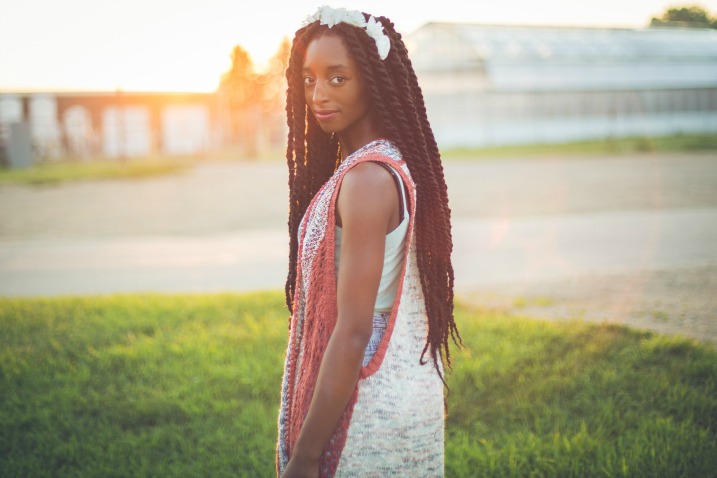
1. Protect Your Hair At Night
Many black women were taught since we were young that tying our hair up at night is just good practice. So we tie our hair when it is out or when we want to keep our weave looking fresh – but when we’re wearing braids we throw all of that good practice out the window. Covering your head with a satin headscarf at night not only keeps your edges looking fresh it also protects your roots from drying out when you sleep. If you find satin headscarves uncomfortable then place a satin pillowcase over your pillow for a similar type of protection. If you are really a keener – do both. Wrap your head and invest in a satin pillowcase. If your headscarf comes off in the night you still have the protection of your satin pillowcase. I had a stylist who could tell when I had skipped a few days of wearing my satin headscarf. She would take one look at my scalp and scold, “Your head is dry! What did you do?!”
2. Keep Your Scalp Moist
This is one thing I need to get better at. Sometimes I think I’m too busy to get out my spray bottle and spray my hair. That is definitely not true. Giving your roots a quick spritz should take you no longer than a few minutes – 5 minutes maximum. Our hair is no different than any other living thing. It needs moisture to survive – and the best type of moisture is water. Our roots get thirsty and they need watering. Our roots do not need heavy gels and oils – those clog our pores and make it more difficult for our roots to absorb moisture. Our roots need plain old water to thrive and survive.
3. Apply moisturizing and sealing product to hair
Make a point of applying your favorite sealing product to your roots at least once a week. I usually apply a mixture of Naptural85’s homemade shea butter and my Blended Beauty Curl Styling Butter. The shea butter mix sooths my scalp, protects from hard UV rays, and seals in moisture. The styling butter gives added moisture, controls the frizzing of my braids and nourishes my hair with essential vitamins and minerals.
First I spray my whole head with water. Then I put a glob of both of these products into the middle of my palm and mix it around with my finger. Then I smooth it onto my roots – section by section. This process ends up taking me around 40 minutes if I am really diligent about getting at every braid.
4. Avoid unnatural products when keeping hair moisturized
Stylists warn against using anything other than naturally derived oils to keep your roots moisturized while your hair is in braids. The most important ingredients to avoid are mineral oils. Please note that these are the key ingredients in most popular braid moisturizers. Instead, opt for natural oils similar to the ones I just mentioned earlier like coconut oil and almond oil. These oils are great for soothing the scalp and retaining moisture without building up and clogging your pores like generic braid sprays often will. If you are looking for non-greasy moisture use a natural leave-in conditioner instead.
5. Wash your braids once every two weeks (minimum)
I know this sounds like a pain but buildup of sweat, dirt, and everything else that happens throughout your day can be damaging to your hair. Thankfully, you don’t need to hop in the shower and douse your braids in water if you don’t want to. You can always dry-wash your hair with a cloth, shampoo, and some water. Dampen a wash cloth with warm water and your shampoo of choice. Part you hair and wipe your scalp down in sections. That’s all! Follow this process once every two weeks to keep your scalp smelling and feeling fresh. No one likes braid stank.
6. Avoid constant up-dos
I love updos. Twisting, braiding, and tying my hair atop my head are ways for me to experiment with my look. However, constantly styling your hair into high ponytails pulls at your hairline. This constant pulling weakens the hair along your hairline and you end up looking kinda like Naomi Campbell. Be gentle with your hairline. Rock your updos – but try to limit updo styling to 3 or 4 times a week rather than every day.
7. Don’t pull too tightly when styling
For the same reason as #6. No one needs a Naomi Campbell situation happening up here in Canada.
8. Extend your style time – Redo your edges
Often, after a couple weeks your roots have grown out and it’s time to freshen up your look. Rather than rebraid your entire head – go back to your stylist and ask her to spend an hour or so re-installing the braids along your hairline. After you take out the braids along your edges, (and before you head to your stylist) take extra care to detangle and deep condition before reinstalling your braids again. Remember that your edges are already fragile, so they need a little bit of extra care and attention.
9. Don’t leave your braids in for too long
During one of our BHS Street interviews we met a woman who shared a horror story with us. On one occasion she had gotten braids and left them in for 3 years. 3 YEARS. When she removed the braids her hair came with it. She was left with bald spots all over her head. Now, I’m hoping none of you would make this devastating mistake. But sometime we get lazy and decide – hey four months in the same protective style can’t be that bad right? WRONG. Protective styling is meant to be short-term temporary. Stylists recommend protective styling for a month at a time – 2 months maximum. Any longer than that and your new growth will stretch and damage; this completely negates the point of protective styling. Protective styling is to give your fragile ends a break and focus on attaining new growth.

(Photo credit: Emily Oud Photography)

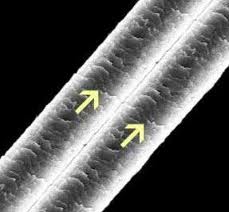
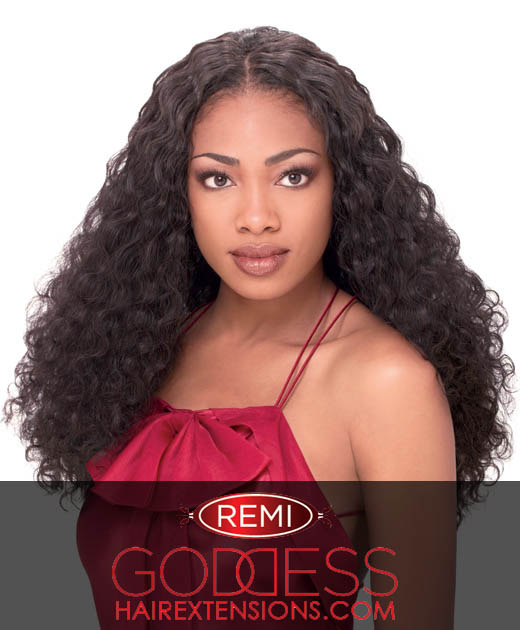
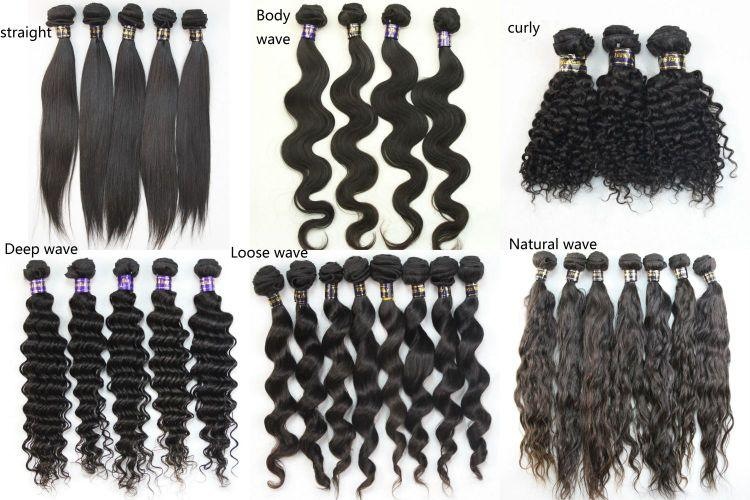

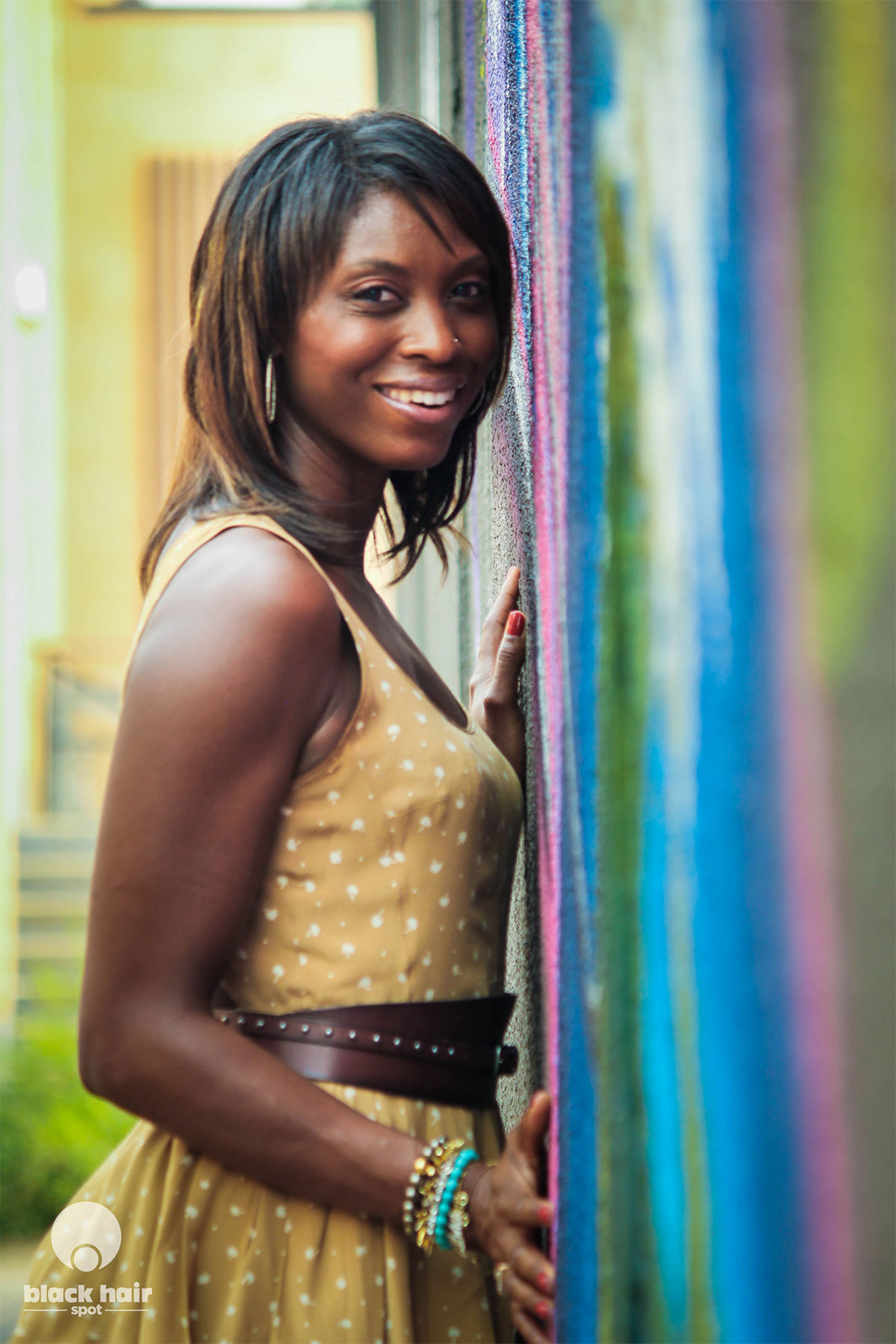
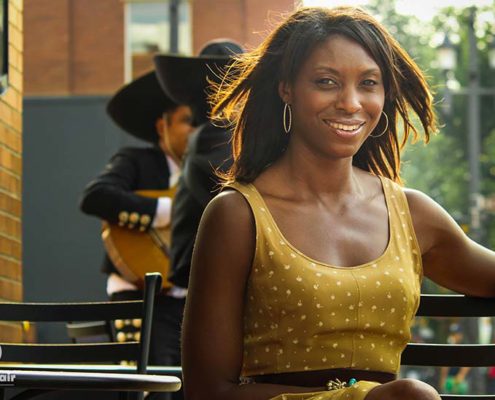
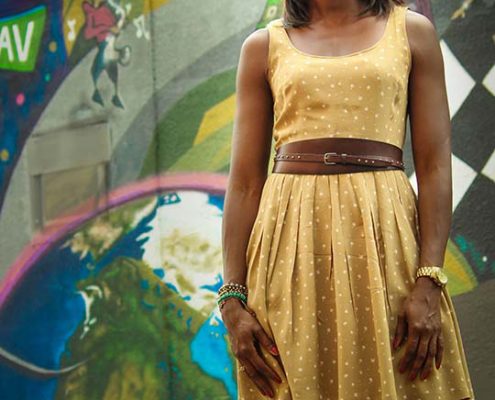


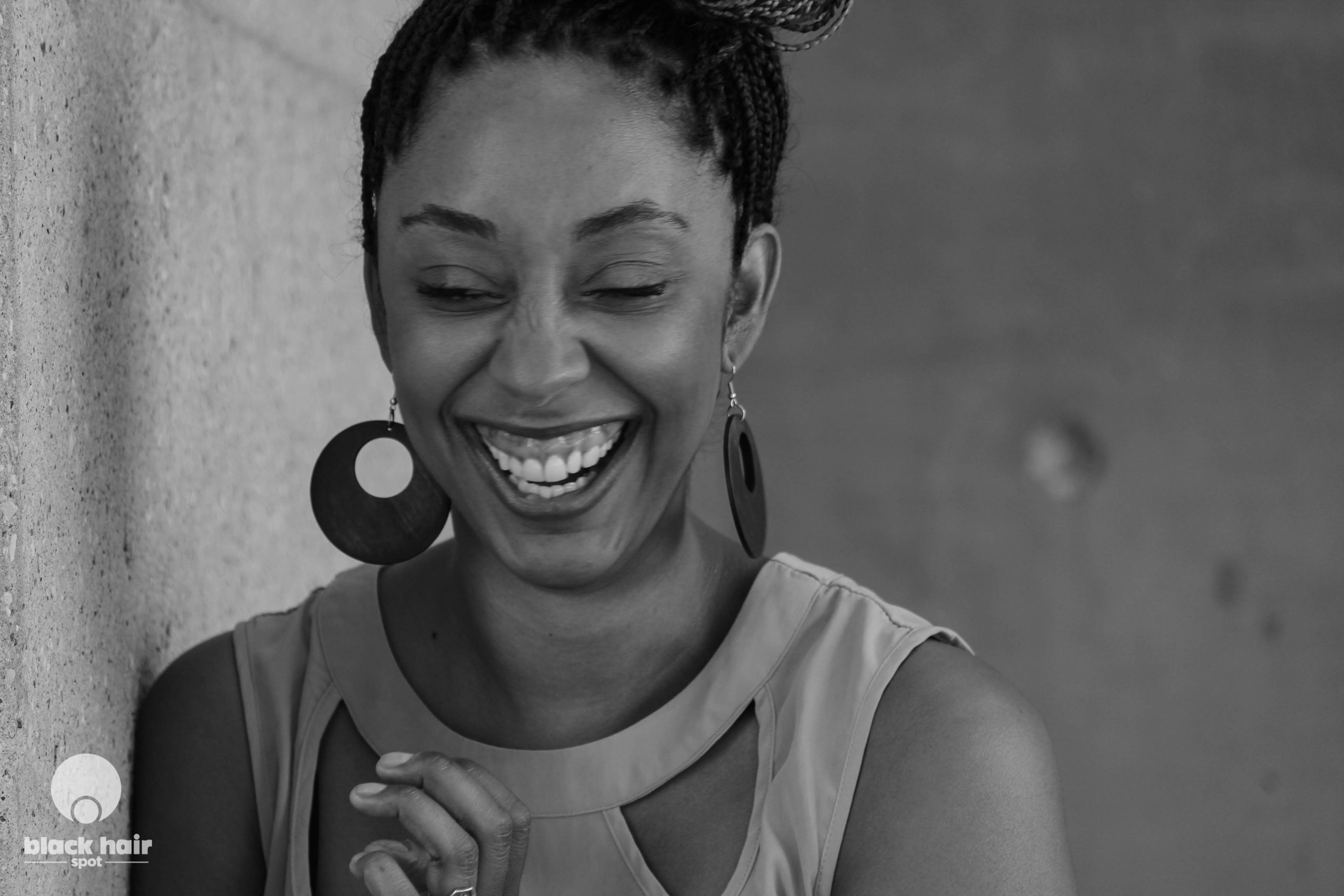

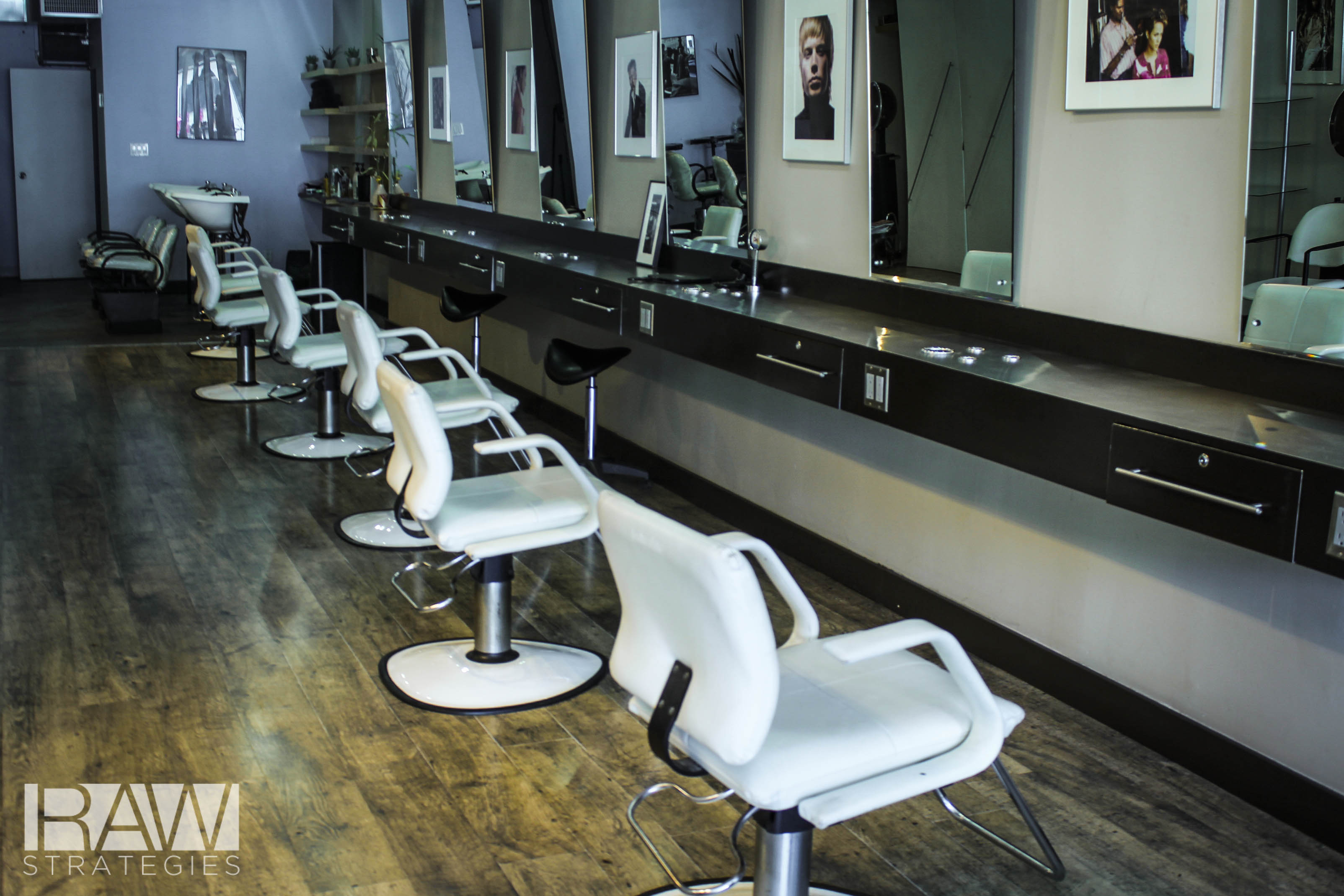
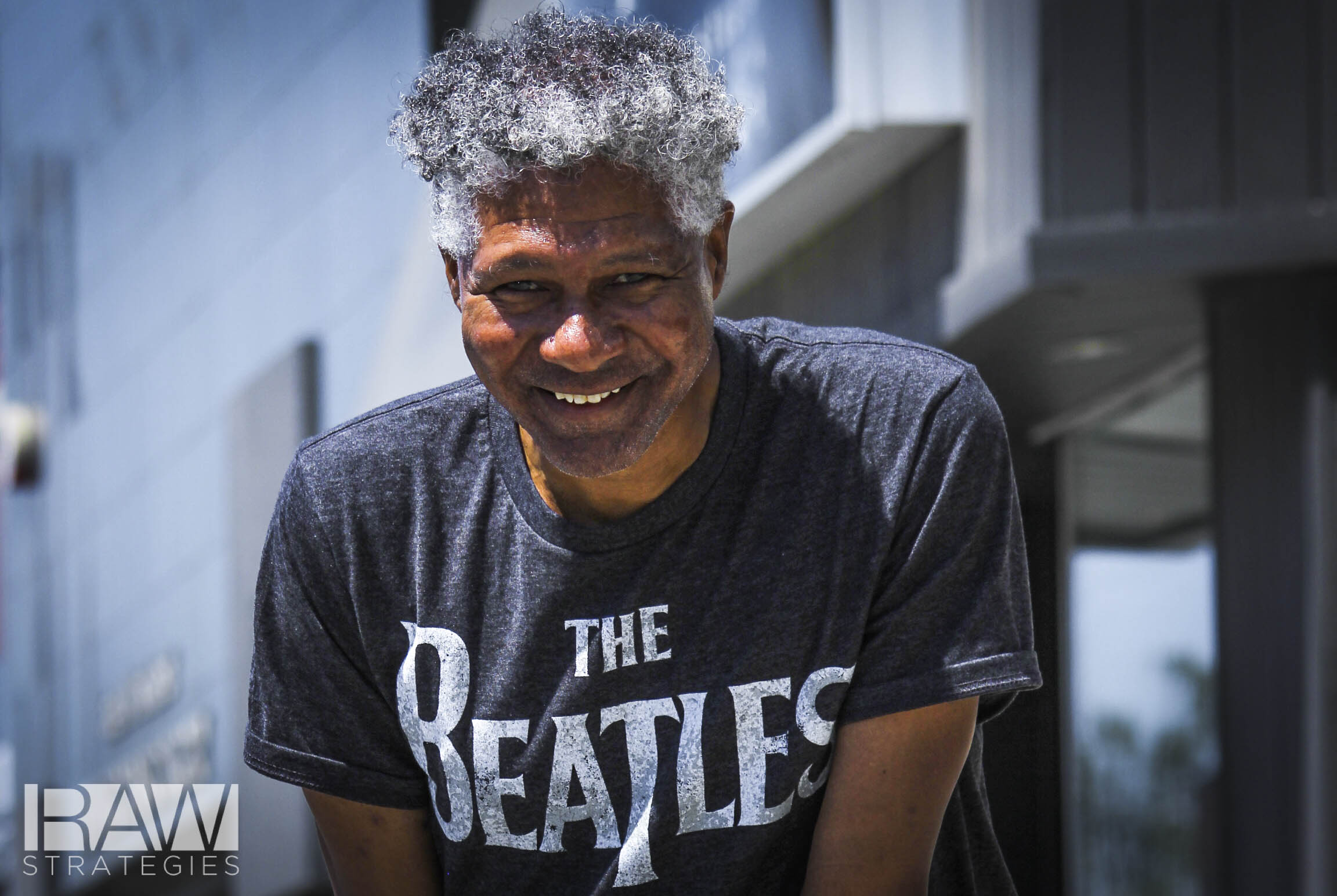
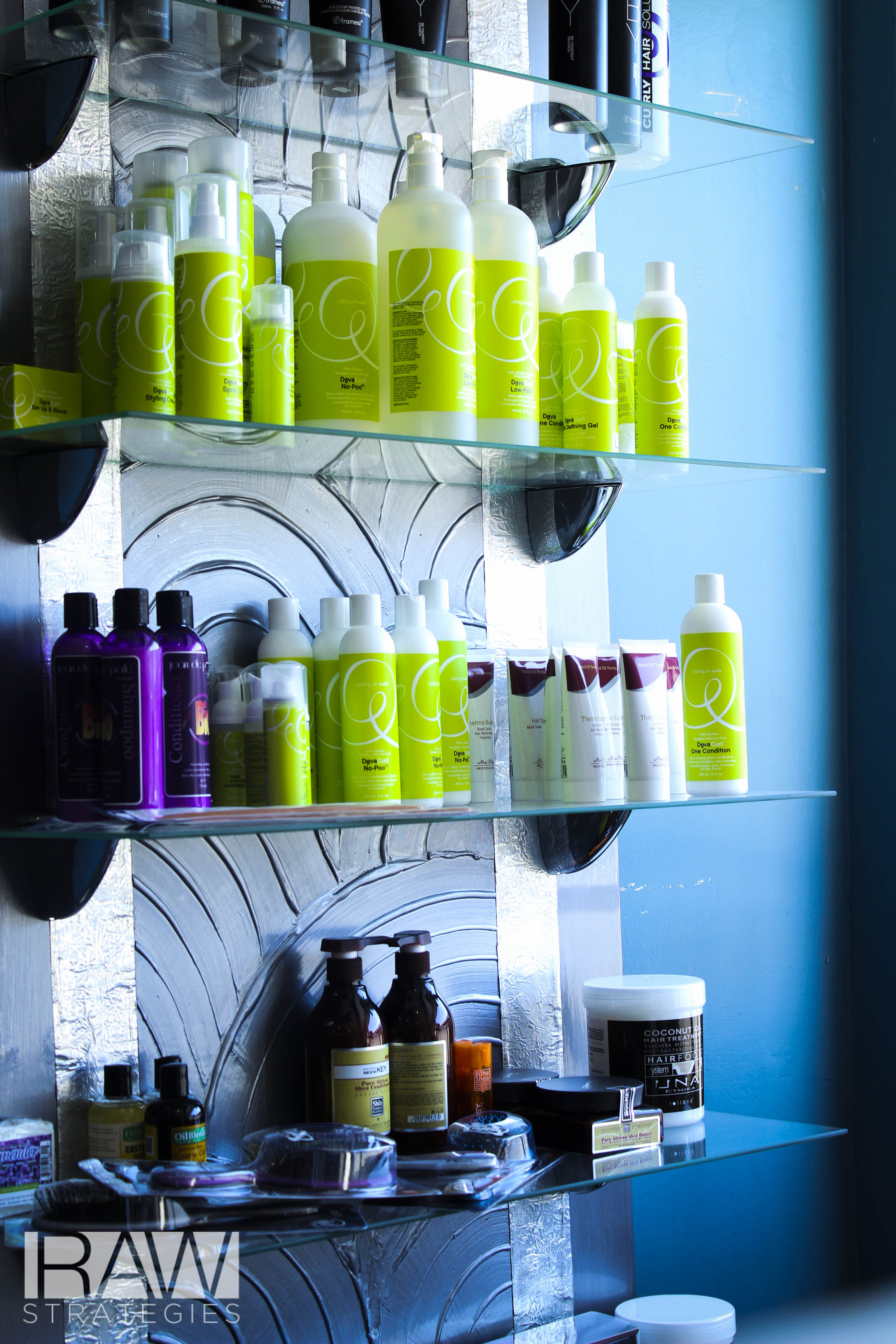
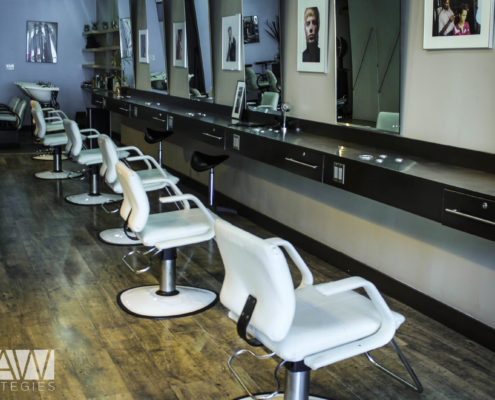
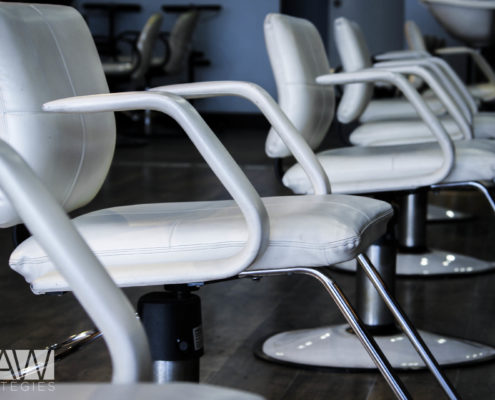
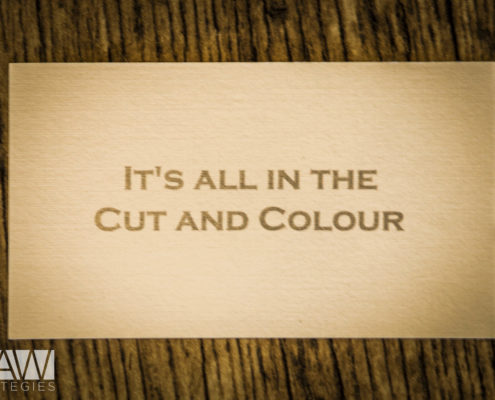
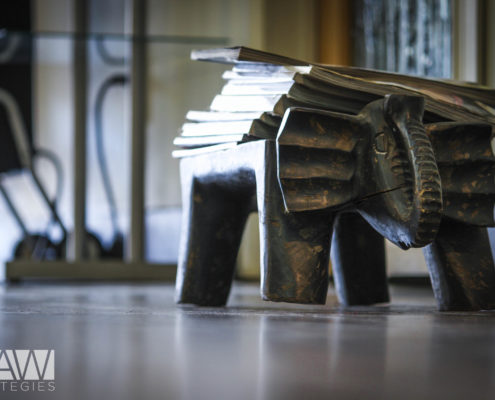
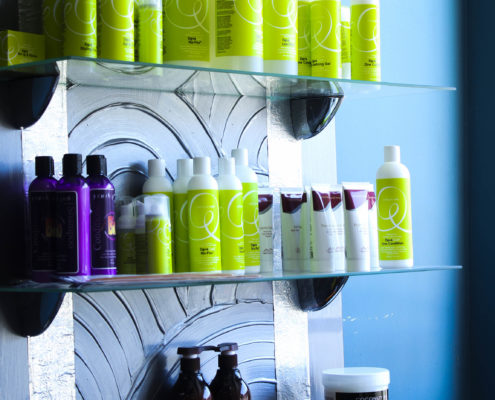
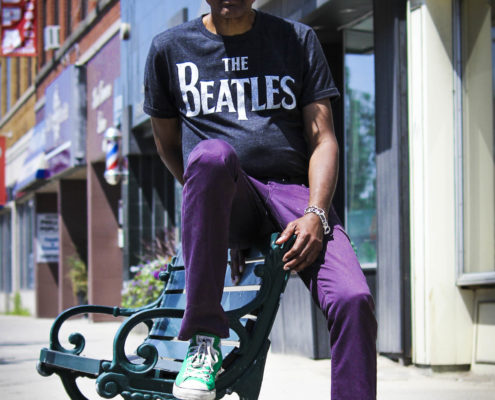

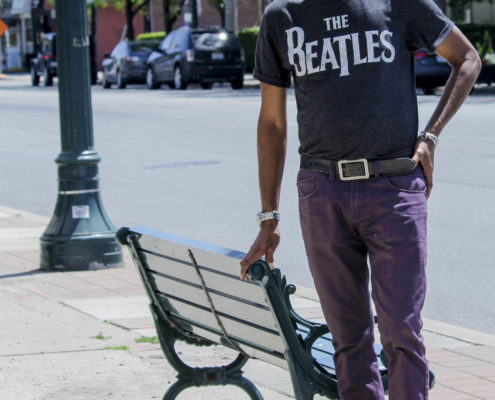
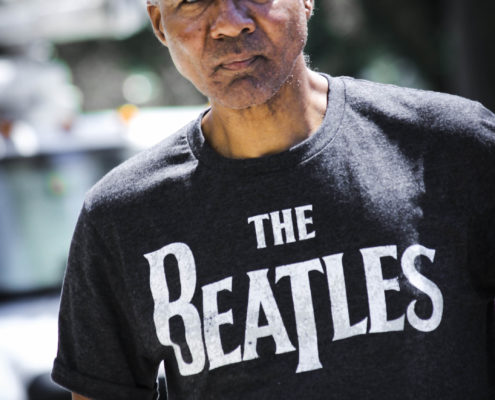
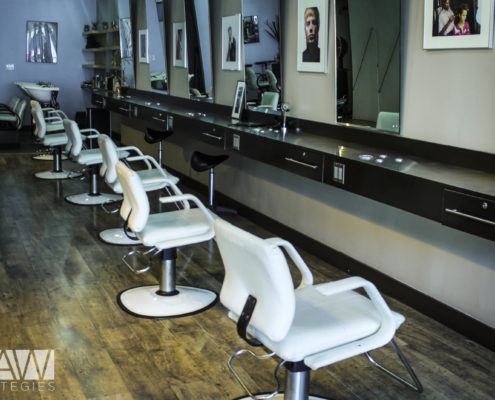
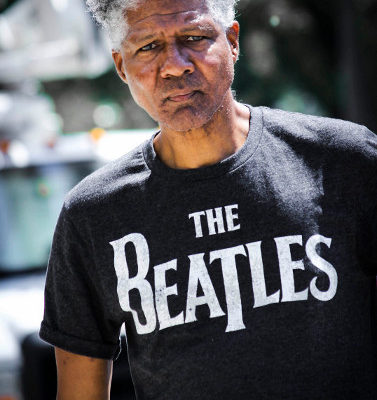
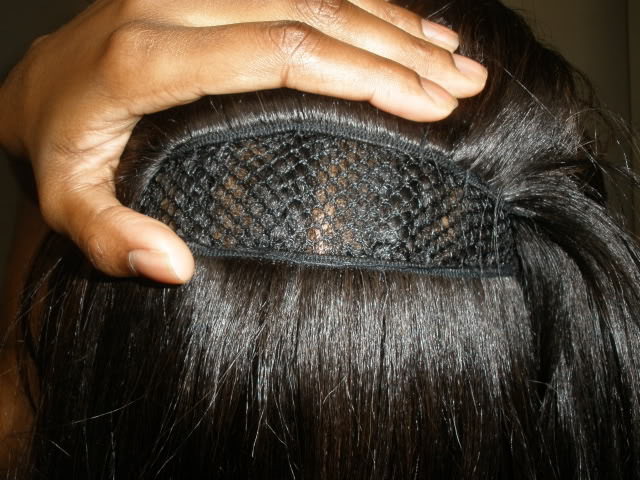
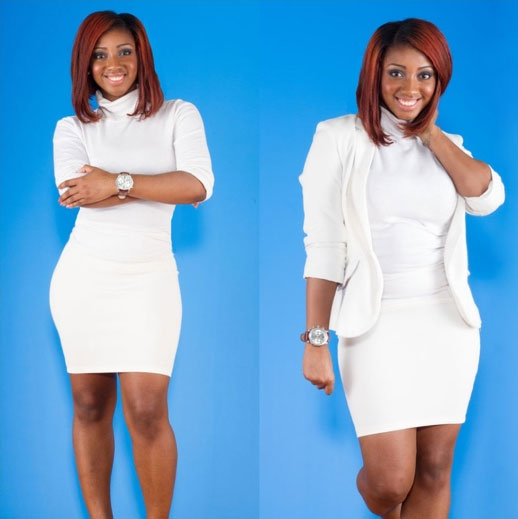


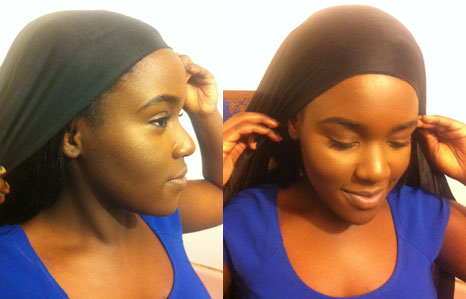
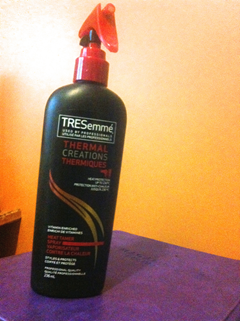
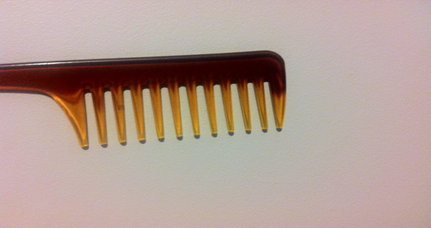
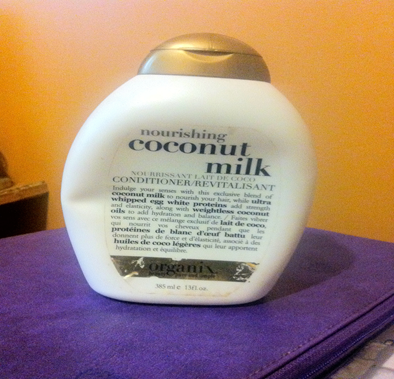 Deep conditioning
Deep conditioning
